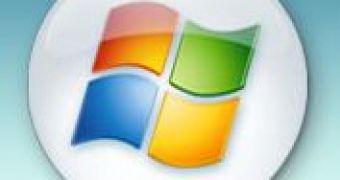Microsoft is moving forward with the evolution of its application programming interface for Live Search. In this regard, the Redmond company published this week Live Search version 2.0 Beta resources on MSDN providing developers with everything from general information to specific details such as protocols, SourceTypes and even code samples. At the same time, the Redmond company discussed the critical enhancements that have been introduced to the application programming interface.
“We listened a ton to developers as we built 2.0 and we think the feature set reflects that - multiple protocol support (in contrast to only AJAX from GOOG), unlimited queries for customer-facing sites and apps, and an awesome array of result presentation options,” revealed Catorcini. “With this latest API release and the Open Search compliant RSS feeds that we've made available for all of our search content as part of Silk Road, Open Search clients will now be able to display query suggestions when using the Live Search API,” stated Alessandro Catorcini, the lead program manager for Live Search API.
Microsoft has positioned Project Silk Road as a collection centralizing a broad range of tools and services designed to help webmasters, online publishers as well as developers to make the best of their online content. In this regard, the software giant is re-architecting the Live Search API, as an integral part of Project Silk Road, in order to bring the enhancement options available for websites to the next level.
“Developing an application with the new API is straightforward: Choose a SourceType (or SourceTypes – you’re not limited to one), choose an output protocol (JSON, SOAP, or XML) and then customize according to your needs. All you need to get going is an AppID. Key improvements to the Live Search API include: multiple protocols: JSON, XML, SOAP; multiple SourceTypes: Web, Images, InstantAnswer, Phonebook, RelatedSearch, Spell, and more; unlimited use for customer-facing sites and applications; and flexible presentation options: no restrictions on ordering and blending results,” Microsoft explained.

 14 DAY TRIAL //
14 DAY TRIAL //